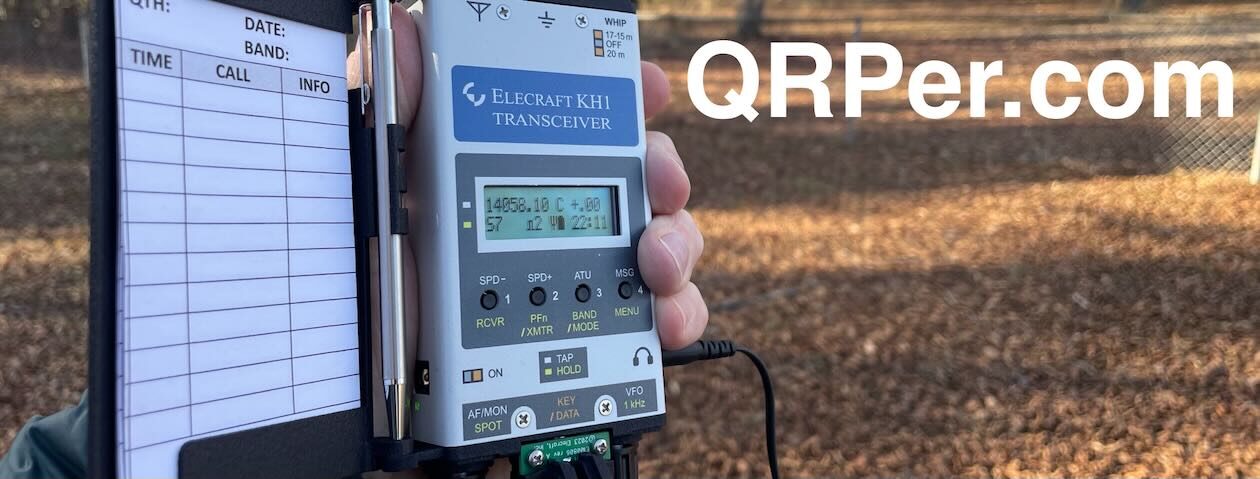Many thanks to Dale (N3HXZ), who writes:
“It would be nice to hear from your listeners/subscribers about which is the most robust paddle! I have not met a paddle yet that has not failed in the field at some point. Thanks for all your good work.”
This is a great question.
I feel that almost all of the paddles and keys I regularly take to the field pass muster.
Some of my picks
Note that some of the following links are affiliate links that support QRPer.com.
I’m a big fan of CW Morse’s $45 US 3D-Printed Pocket Paddle. I find it to be remarkably robust. I toss it in my backpack without any extra covers or protection, and I’ve never had one break. I also appreciate how easily adjustable it is in the field.
 Similarly, the KM4CFT paddle seems to hold up well, though I haven’t owned one as long.
Similarly, the KM4CFT paddle seems to hold up well, though I haven’t owned one as long.
The CW Morse CNC Machined Aluminum Paddle is one of the most rugged paddles I own. This key is CNC-machined (except for the 3D-printed top cover), making it virtually bulletproof. A solid choice!
 The BaMaKeY TP-III is another solid paddle. It’s not inexpensive, but I’ve never regretted purchasing one. When paired with the Senrog Bench Block, it becomes a stable tabletop key that won’t move as you operate. During transport, I use the Tufteln protective cover, though I feel this key could survive in a backpack with minimal extra protection.
The BaMaKeY TP-III is another solid paddle. It’s not inexpensive, but I’ve never regretted purchasing one. When paired with the Senrog Bench Block, it becomes a stable tabletop key that won’t move as you operate. During transport, I use the Tufteln protective cover, though I feel this key could survive in a backpack with minimal extra protection.
While the VK3IL Pressure Paddle V2 doesn’t feel substantial in the hand–it’s a touch paddle built on a circuit board–it’s incredibly robust due to its lack of moving parts. It’s easy to protect in a pack, and there’s little that can go wrong with it. If you’d rather not build one yourself, Vince (VE6LK) has some excellent options.
 At 298 Euro, the Begali Traveler is the most expensive paddle on this list. It’s also the heaviest. But if you’re looking for a larger, precision field key that’s robust, it’s hard to beat. The Traveler has folding wings that protect the finger pieces during transport and open when you’re ready to operate.
At 298 Euro, the Begali Traveler is the most expensive paddle on this list. It’s also the heaviest. But if you’re looking for a larger, precision field key that’s robust, it’s hard to beat. The Traveler has folding wings that protect the finger pieces during transport and open when you’re ready to operate.
I love this key and take it with me when size and weight aren’t major concerns. Pair it with a Tufteln protective cover for ultimate protection in your field pack.
Your suggestions?
I’ve limited this list to keys I’ve taken to the field numerous times and have owned for at least a year. Of course, my experience is limited to the keys I own—there are so many others on the market!
In your real-world experience, what do you consider the most robust field keys? Please share your suggestions in the comments!























